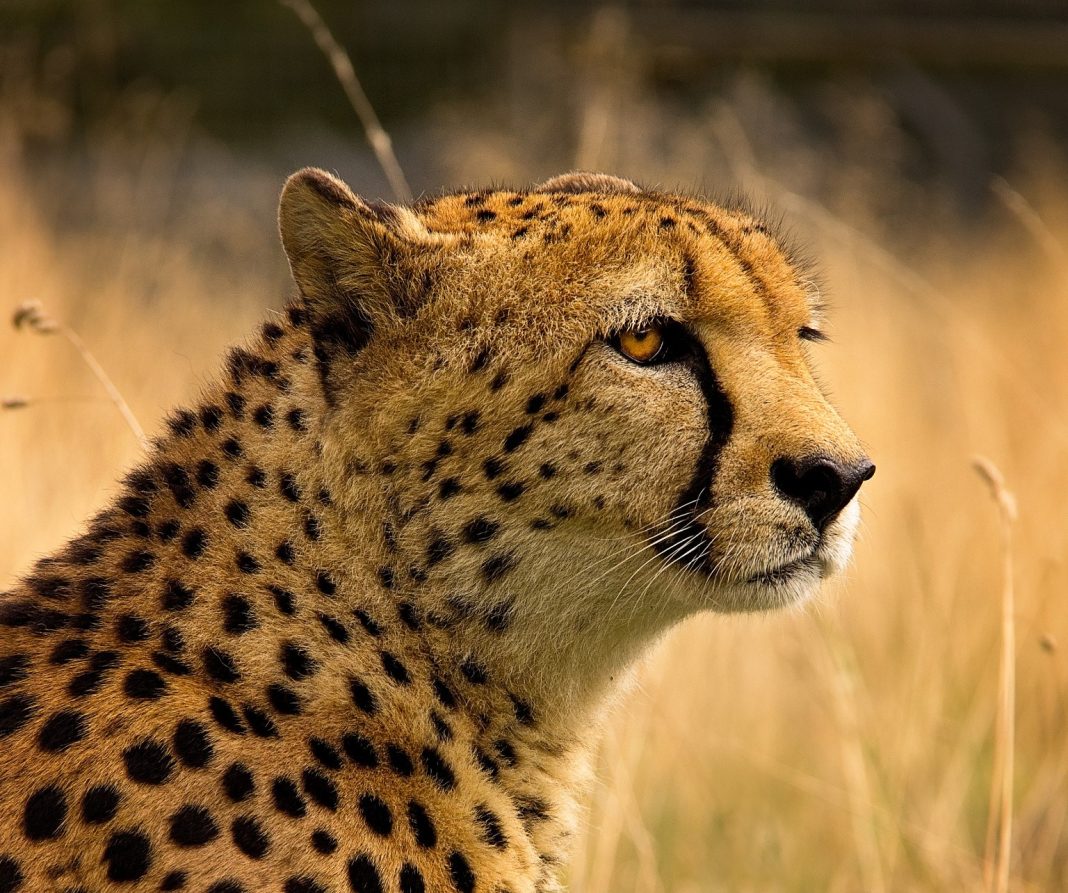New Delhi, Sept 17: Several promising births, fewer but painful losses, growing optimism and some criticism marked the second year of the internationally acclaimed Project Cheetah, which looks ahead with renewed hope and ambition amid many challenges.
As the grand initiative completes two years on Tuesday, authorities are speeding up efforts to bring in a new batch of cheetahs from Africa to the Gandhisagar Wildlife Sanctuary, which will be their second home in India, and setting up a conservation breeding centre in the Bunni grasslands in Gujarat.
They also aim to establish a larger cheetah habitat, spanning the territorial divisions of Neemuch (about 1,000 sq km) and Mandsaur (500 sq km) in Madhya Pradesh, along with the Bhainsrorgarh Wildlife Sanctuary (208 sq km) and Chittorgarh (around 1,000 sq km) in Rajasthan.
In a major boost to the project, 13 cubs were born on Indian soil in the second year, though two of them did not survive.
Namibian cheetah Aasha gave birth to three cubs in January. Another female from Namibia, Jwala, also had three cubs that month. Jwala had delivered four cubs last year, but only one survived. South African cheetah Gamini had six cubs in March, bringing the total number of cubs to 13 this year.
Two adult cheetahs, Namibian males Shaurya and Pawan, died this year. Pawan was the only cheetah roaming freely in Kuno National Park. Shaurya died of septicemia in January, and Pawan died in August due to “drowning”. Experts say cheetahs generally do not drown.
While authorities have been busy preparing the 368-sq km Gandhisagar Wildlife Sanctuary for the next batch of cheetahs, the ones in Kuno remain inside enclosures that are only 0.5 to 1.5 square kilometers in size.
For context, cheetahs need much larger areas in the wild, usually over 50 square kilometers, depending on prey availability.
“The cheetahs are not truly living in the wild, despite spending two years on Indian soil. Cheetahs prefer long journeys, and they could be under severe stress,” an African expert who assisted with the cheetah reintroduction in India said on condition of anonymity.
Ravi Chellam, CEO of Metastring Foundation and Coordinator, Biodiversity Collaborative, said that according to global experience and Namibian laws and policies, it is not a good idea to release these cheetahs because of their extremely long period of captivity, especially the captive-born cubs.
Last month, the Cheetah Project Steering Committee decided to release the African cheetahs and their cubs, born in India, into the wild gradually after the monsoon ends in central India, which usually happens by the first week of October.
Cheetahs were initially released into the wild but were brought back to their enclosures in July-August last year after the deaths of three cheetahs — a female named Tbilisi (from Namibia) and two South African males, Tejas and Sooraj — due to septicemia, an infection that occurs when bacteria enter the bloodstream and spread.
This condition arose from wounds under the cheetahs’ thick winter coats on their backs and necks, which became infested with maggots and led to blood infections, according to the government’s annual report on Project Cheetah.
Officials had earlier told PTI that the unexpected growth of winter coats by some cheetahs during the Indian summer and monsoon, in anticipation of the African winter (June to September), was a major challenge in managing the animals in India during the first year.
Records obtained by PTI under the Right to Information Act showed India considered sourcing new cheetahs from Somalia, Tanzania, Sudan and other range countries closer to the equator or in the Northern Hemisphere to avoid biorhythm complications observed in big cats brought from Southern Hemisphere countries like South Africa and Namibia.
SP Yadav, the director general of the International Big Cat Alliance, told PTI that the MoU process to bring a new batch of cheetahs from Kenya is in progress, with India having finalised its part and awaiting approval from the African country. Discussions are also ongoing with South Africa.
The first batch of eight cheetahs from Namibia was introduced in India in September 2022, and the second batch of 12 cheetahs was flown in from South Africa last February.
Cheetahs for the conservation breeding centre being built in Gujarat’s Bunni grasslands will also be brought from Kenya, Yadav, who is the adviser to the Centre’s Cheetah Project Steering Committee, said.
While the third batch is expected to arrive by the end of the year, records show the Kuno National Park continues to struggle with a high leopard population and a low prey base, while the twin challenges have delayed preparations at the Gandhi Sagar Wildlife Sanctuary.
Around Rs 3.75 crore has been spent on grass revival in an area of around 5,000 hectares in Kuno, as part of habitat improvement efforts to sustain a healthy prey base. High leopard population at both in Kuno and Gandhisagar prompted the initiation of a leopard translocation drive.
Although cheetahs coexist with leopards and lions in Africa, some Indian officials are concerned that the high leopard population could reduce the available prey for cheetahs.
This year, the National Tiger Conservation Authority (NTCA) also approved a proposal to create a four-part web series on Project Cheetah to showcase the country’s efforts to the world. However, some wildlife activists and experts criticised the rush to produce the documentary while the project still faces significant challenges.
A report by the accountant general of Madhya Pradesh in May pointed out issues such as a “lack of coordination” between central and state departments and high vacancy rates.
The report said that the Kuno Sanctuary was originally identified as a second habitat for Asiatic lions and “there was no mention of cheetahs in this management plan”.
The second year also saw the Madhya Pradesh Forest Department refusing to provide information under the Right to Information Act regarding cheetah management, which led to widespread criticism.
As Project Cheetah enters its third year, conservationists are closely monitoring its progress, hoping that the cheetahs can be reintroduced to the wild with minimal human intervention.
There are high expectations for improved coordination, greater transparency, and more effective habitat management to ensure the project’s success. (PTI)




